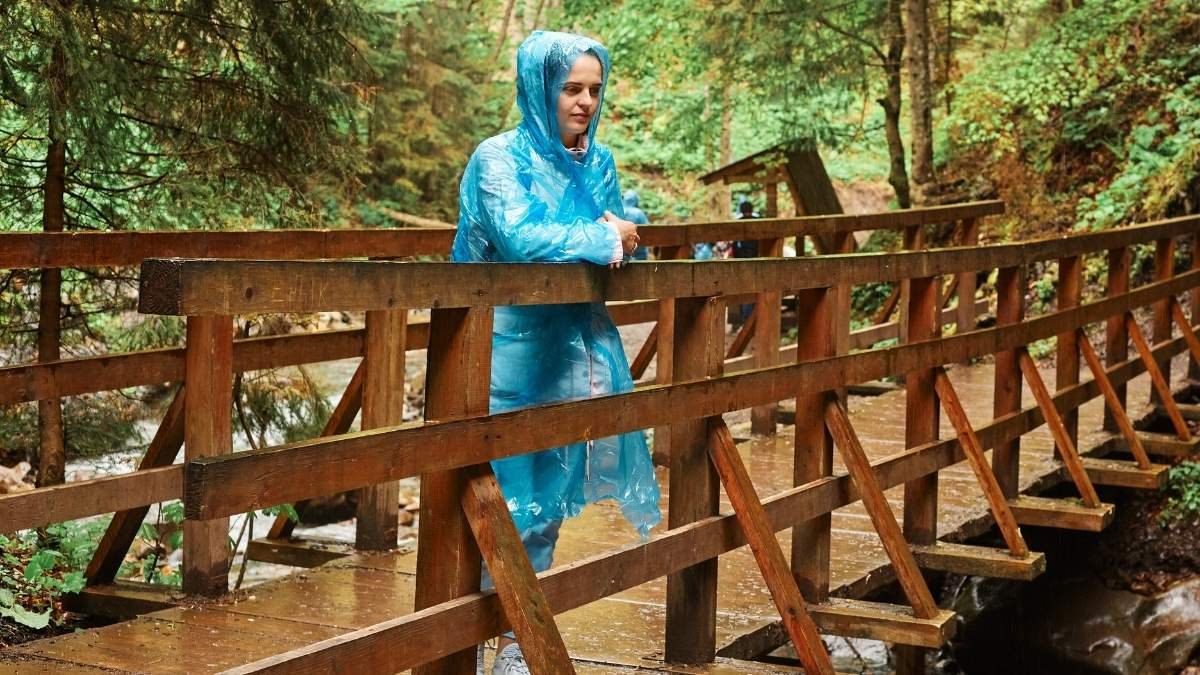That iconic National Park photo on your feed hides a painful secret: the soul-crushing traffic jam just out of frame. You save your money and use precious vacation days expecting granite peaks and serene wilderness. You get a two-mile line for a waterfall and a parking lot battle.
The promise of an American wilderness adventure often collides with the harsh reality of a theme-park-level crowd. This is not an attack on nature. It is an honest look at the massive expectation gap created by marketing, geography, and social media hype.
We are pulling back the curtain on the destinations that consistently leave travelers feeling shortchanged. Before you book your next trip, discover which famed parks might actually spoil your escape.
1. Great Smoky Mountains National Park
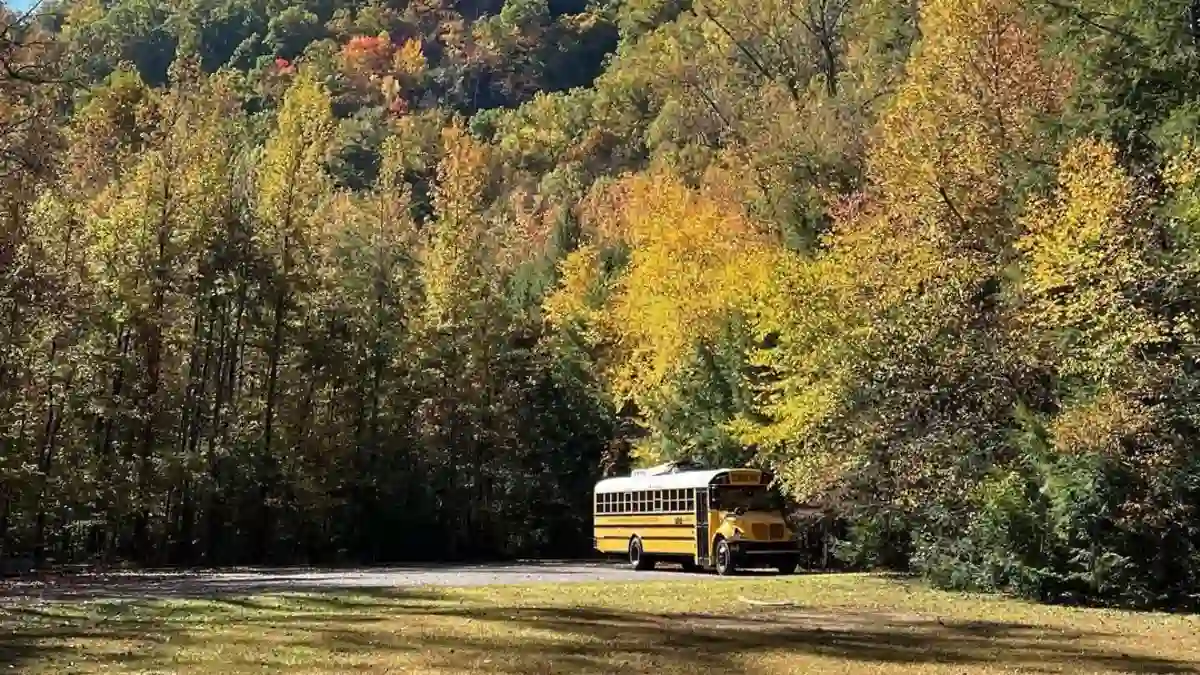
The Promise: As America’s most-visited national park and a UNESCO World Heritage site, Great Smoky Mountains National Park is marketed as the crown jewel of the East.
It promises ancient, mist-shrouded mountains, unparalleled biodiversity, and the quintessential Appalachian wilderness experience.
The Reality: The park’s immense popularity is the most glaring aspect of the scam. Its status as number one is not a testament to unparalleled majesty but a simple function of geography and economics.
The park is situated within a day’s drive of roughly one-third of the U.S. population, and, critically, it has historically been one of the few major national parks with no entrance fee. This combination has created a perfect storm of over-tourism, resulting in a staggering 12.19 million annual visitors.
The experience is anything but wild. Visitors describe the reality in stark terms: a literal “2 mile line to a waterfall” where people play music and disregard trail boundaries. The famed Cades Cove Loop is less a scenic drive and more a soul-crushing, 11-mile traffic jam where visitors “sit in traffic on a way road looking at the same scenery for hours”.
For travelers accustomed to the dramatic landscapes of the American West, the scenery itself can be a letdown.
The park is often described as “big hills covered in forests,” similar to Shenandoah but larger. The experience is further degraded by the adjacent gateway towns like Gatlinburg, famously dubbed “the tackiest little town in the country”.
While the park remains free to enter, a new “Park it Forward” program implemented in recent years now requires visitors who park for more than 15 minutes to purchase and display a paid parking tag, adding a layer of cost and hassle to what was once a completely free destination, without solving the fundamental issue of overcrowding.
The Verdict: A vacation here is likely to be ruined by the profound disconnect between the “national park” ideal of solitude and the reality of sharing it with an average of 33,000 other people every single day.
More time will be spent navigating traffic, searching for parking, and tolerating crowds than experiencing the nature that was the original draw.
The park’s fame is a direct result of its accessibility, which in turn creates the very conditions that spoil a wilderness vacation, setting up a massive expectation gap for travelers from farther afield.
The Upgrade: For a similar dose of Appalachian beauty without the theme-park atmosphere, visit New River Gorge National Park in West Virginia.
It offers dramatic canyons, world-class whitewater rafting, and sweeping views but hosts only 1.8 million annual visitors, a small fraction of the Smokies’ overwhelming crowds.
For an even more authentic and serene experience, explore the vast adjacent public lands like Pisgah National Forest and Nantahala National Forest in North Carolina.
These forests contain the same mountains, hundreds of waterfalls, and true wilderness backcountry without the lines and traffic jams.
2. Zion National Park
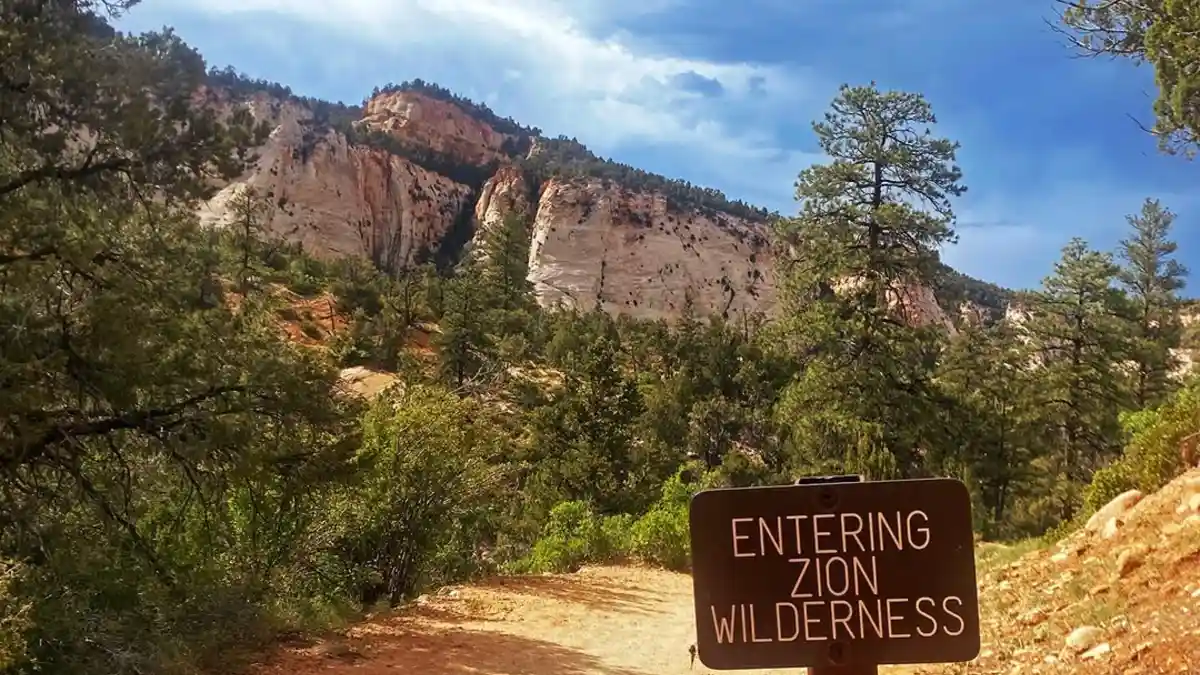
The Promise: Zion is presented as a geological cathedral, a breathtaking canyon of towering sandstone cliffs painted in shades of cream, pink, and red.
It lures travelers with the promise of world-famous, adrenaline-pumping hikes like the chain-assisted scramble up Angels Landing and the otherworldly trek through the Virgin River in The Narrows.
The Reality: Zion has become the poster child for over-tourism fueled by social media. With nearly 5 million annual visitors crammed into a relatively small and accessible main canyon, the experience has shifted from nature appreciation to crowd control.
Visitors have described the park as feeling less like a wilderness and more like a “nature-adjacent theme park”. The iconic Angels Landing hike, once a symbol of adventure, is now governed by a stressful and competitive lottery system.
Hopeful hikers must pay a $6 non-refundable application fee for a mere chance to get a permit, followed by an additional $3 per-person fee if they are among the lucky few selected.
The mandatory shuttle bus system, while necessary to reduce vehicle traffic, funnels every visitor onto the same handful of trails, creating queues at trailheads and destroying any sense of solitude.
The Narrows, once a bucket-list wilderness trek, can feel like a packed procession of people on summer days.
Common complaints cite a frustrating lack of trail etiquette from the sheer volume of visitors, with people ignoring signs, eroding the landscape, and leaving litter behind. The vacation becomes a game of lotteries, reservations, and timed entries.
The focus shifts from “I’m going to hike that trail” to “I need to win the lottery to hike that trail,” creating a high-stress vacation where “losing” can feel like a total failure.
The Verdict: A trip to Zion is likely to be ruined by the constant, stressful logistics. More mental energy will be expended trying to secure permits, time shuttle buses, and
navigate dense crowds than will be spent soaking in the canyon’s undeniable beauty. The park’s majesty is being suffocated by the operational nightmare of visiting it.
The Upgrade: For stunning red rock canyons with a fraction of the crowds, head to Snow Canyon State Park near St. George, Utah.
It offers a spectacular landscape of petrified sand dunes, ancient lava tubes, and dramatic cliffs that rival Zion’s scenery, but without the permit stress or mandatory shuttles.
For a truly wild slot canyon experience reminiscent of The Narrows, seek out the permit-based hikes in the vast and remote Grand Staircase-Escalante National Monument, which offers genuine solitude and adventure.
3. Grand Canyon National Park
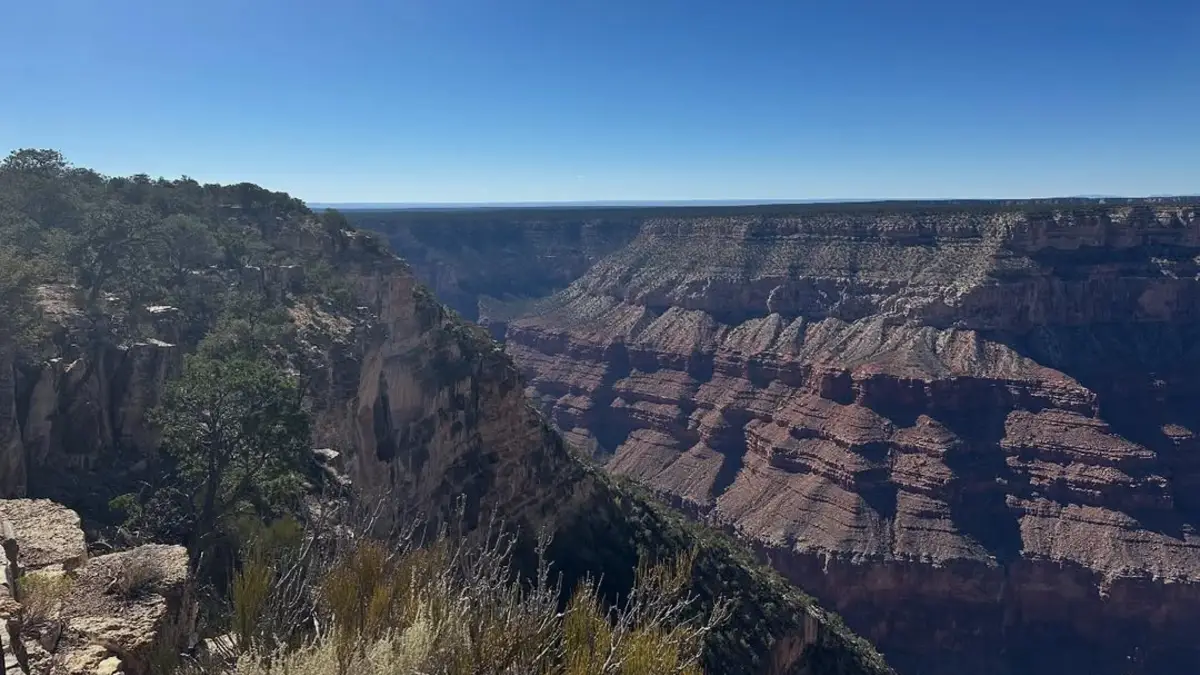
The Promise: The Grand Canyon is marketed as the ultimate, awe-inspiring geological spectacle on Earth.
It is an icon of the American landscape, a mile-deep, 277-mile-long testament to the power of nature that is positioned as a mandatory, multi-day stop on any great American road trip.
The Reality: For the overwhelming majority of its 4.9 million annual visitors, the Grand Canyon delivers a surprisingly one-dimensional and passive experience. The common, cynical refrain that it is simply “a hole.
A very, very large hole” or a “giant crevice in the ground” stems from a fundamental truth about the typical visit. Most people drive to a few hyper-crowded viewpoints on the South Rim, take the obligatory photograph, and leave within a couple of hours.
The experience lacks deep engagement. As one visitor noted, for families not undertaking the arduous, permit-required hike to the bottom, “there is 1 view to see and that is down into the canyon”.
The park suffers from a paradox of scale: the very immensity that is so impressive in photographs becomes a barrier to connection in person.
It is an object to be observed from a great distance, not a landscape to be viscerally experienced. The “scam” is that the park is promoted as a multi-day destination for everyone, when in reality, for the average visitor, it’s a two-hour stop that fails to sustain engagement beyond the initial shock and awe.
The Verdict: A vacation centered around the Grand Canyon may be ruined by a profound sense of anticlimax. After the initial 30-minute “wow” factor at the first viewpoint, many visitors are left wondering, “What do we do now?”
The park is a phenomenal sight, but it is a poor destination for anyone not embarking on a multi-day backcountry rafting or hiking expedition.
The Upgrade: For a canyon experience that is more visceral, intimate, and terrifyingly dramatic, visit Black Canyon of the Gunnison National Park in Colorado.
Its dark, Precambrian rock cliffs plunge nearly 2,700 feet, creating a narrow, vertigo-inducing spectacle that feels more immediate and engaging than the Grand Canyon’s hazy, distant expanse.
For equally grand views with a fraction of the crowds and more accessible rim trails, visit Canyonlands National Park’s Island in the Sky district in Utah, which one traveler aptly called “a modern day Grand Canyon”.
4. Joshua Tree National Park
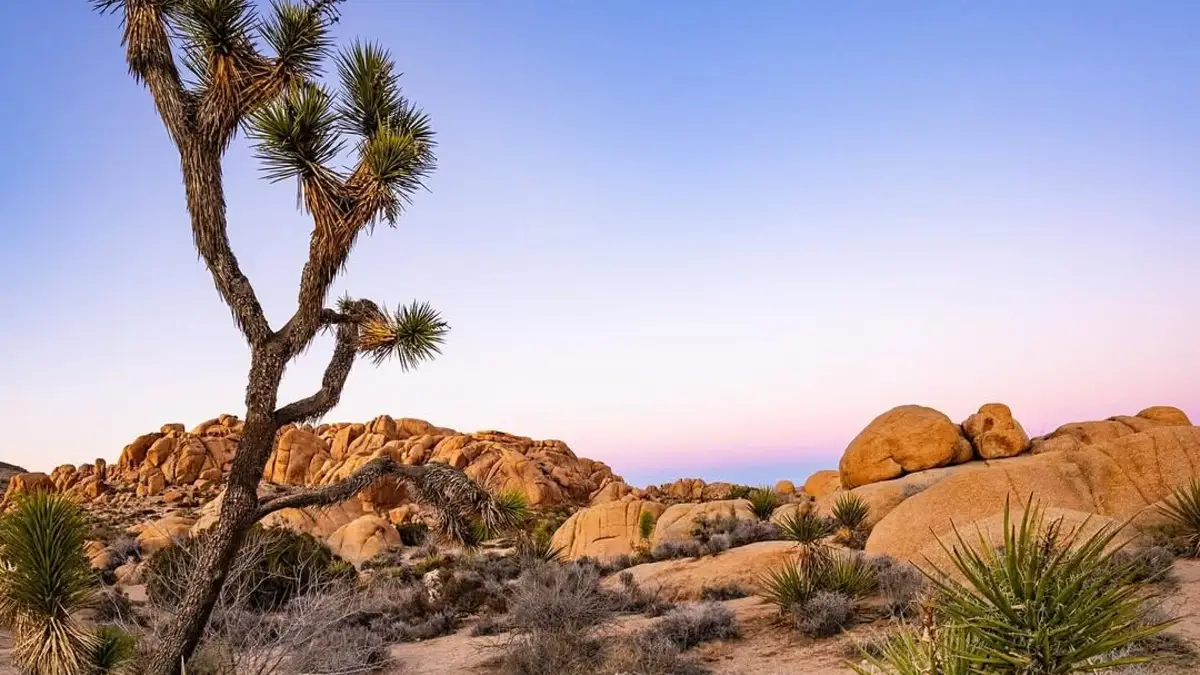
The Promise: Joshua Tree National Park is sold as a mystical, bohemian desert landscape where two distinct ecosystems—the Mojave and the Colorado—converge.
It promises a surreal world of whimsical, bristly trees and massive granite monoliths, creating a perfect playground for rock climbers, stargazers, and spiritual seekers.
The Reality: The park’s powerful cultural cachet often inflates expectations beyond what the landscape can deliver.
Many first-time visitors find the experience pleasant but shallow, with some describing it as a “cut-sized Death Valley” and concluding that “a full day was sufficient to see it”.
The novelty of the unique trees and rock piles can wear thin over a multi-day trip, leaving travelers feeling underwhelmed and questioning whether it was worth a dedicated journey.
The park’s popularity is driven more by its brand identity and convenient location as a weekend trip from Los Angeles than by a deep well of attractions.
Furthermore, the park’s ecosystem is incredibly fragile. The iconic Joshua trees that people travel across the world to see are endangered and can be easily damaged by careless tourists.
This problem is severely exacerbated during events like government shutdowns when ranger presence is minimal, leading to incidents of vandalism and destruction of the very resources the park was created to protect.
The Verdict: A trip to Joshua Tree risks being ruined by the feeling that one has traveled a long way for what amounts to a scenic but substantively thin half-day excursion.
It is a cool place to see once, but it often fails to deliver the profound, multi-day adventure its reputation suggests. The “scam” is that travelers are sold a “mystical experience” when what they receive is a pleasant park that often fails to justify a long journey.
The Upgrade: For a truly vast and diverse desert experience, visit Anza-Borrego Desert State Park.
As California’s largest state park, it offers a more rugged and less crowded landscape featuring dramatic badlands, winding slot canyons, hidden palm oases, and one of the most spectacular spring wildflower blooms in the country.
For a desert park with more varied and dramatic geology, head to Mojave National Preserve, which boasts massive, booming sand dunes, volcanic cinder cones, and some of the densest Joshua Tree forests in existence, all without the crowds of its more famous neighbor.
5. Everglades National Park
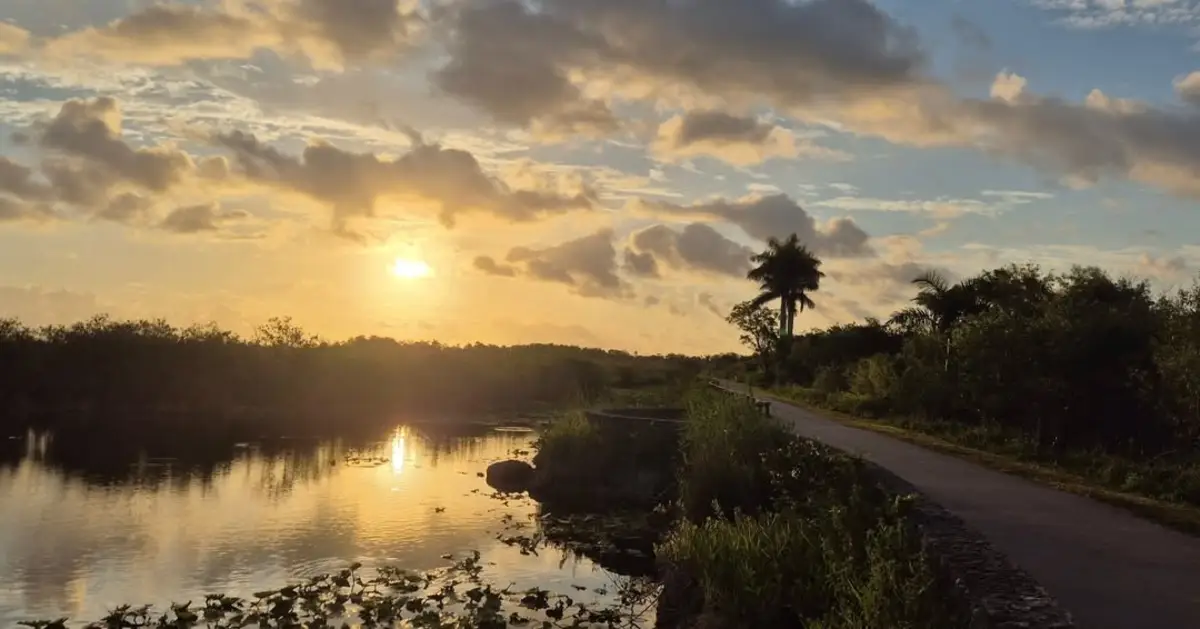
The Promise: Everglades National Park is presented as a one-of-a-kind wonder, a unique subtropical “River of Grass” that is a designated UNESCO World Heritage site.
The promise is an immersive journey into an ecosystem found nowhere else, teeming with iconic wildlife like alligators, manatees, and a dazzling array of exotic birds.
The Reality: While ecologically vital on a global scale, the park is often a significant letdown for the average tourist. It is frequently described in visitor reviews as “visually boring” and a “flat expanse of swampland in all directions”.
The primary issue is a classic bait-and-switch: the most iconic and thrilling Everglades experiences, particularly high-speed airboat tours, are prohibited within the national park’s boundaries to protect the fragile environment.
These activities happen almost exclusively outside the park in private reserves or adjacent public lands like Big Cypress National Preserve.
Travelers consistently report seeing bigger and more numerous alligators on these commercial tours outside the park than they do within its official confines.
Inside the park, visitors are often restricted to short boardwalks, battling swarms of mosquitoes, and seeing far less wildlife than they had hoped. The park is a prime example of a “conservation park” versus a “recreation park.”
Its main purpose is to protect a large-scale ecosystem, which does not always translate into a compelling or accessible tourist experience. The false assumption is that the “National Park” designation guarantees the best visitor experience, when in this case, it guarantees a more restricted and often less thrilling one.
The Verdict: A vacation here is likely to be ruined by biting insects and the frustrating realization that one has paid an entrance fee to see a tamer, less exciting version of the Everglades than what is available from commercial operators just down the road.
The Upgrade: For guaranteed, up-close alligator sightings in a beautiful and accessible setting, visit Florida’s Myakka River State Park.
Its treetop canopy walkway, scenic boat tours on the lake, and abundant, easily viewable wildlife offer a more concentrated and rewarding experience.
For a truly wild paddling and world-class birding adventure, explore the Ten Thousand Islands National Wildlife Refuge near Everglades City, which offers the immersive mangrove wilderness experience the national park promises but often fails to deliver.
6. Hot Springs National Park

The Promise: As America’s oldest protected federal area, Hot Springs National Park offers a unique blend of nature and history.
The promise is a visit to a historic town centered around unique thermal springs, with a rich legacy of therapeutic bathing in ornate, historic bathhouses, all within the prestigious setting of a national park.
The Reality: This is perhaps the most universally panned and confusing destination in the entire National Park System. Visitors expecting a grand natural landscape are met with profound disappointment.
It is frequently described as “really boring, uninteresting,” with many travelers left wondering why it holds the title of National Park at all. The “park” is, in essence, a historic downtown street (Bathhouse Row) with some pleasant but unremarkable wooded hills rising behind it.
There is no formal entrance gate or fee, and one can stroll from city property to park property without noticing the difference.
The experience feels more akin to visiting a National Historic Site or a city park. One visitor noted that it attempts to emulate tourist towns like Branson or Gatlinburg but comes across as “way more grungy/dirty”.
The issue is one of legacy branding. Its status as a National Park is a historical artifact that no longer aligns with the modern public’s understanding of what a “National Park” should be.
Its name promises a natural experience it simply cannot deliver, setting visitors up for an inevitable fall.
The Verdict: A vacation to Hot Springs National Park will be ruined by sheer confusion and mismatched expectations. If one is seeking a grand natural park, the experience will be a complete letdown. It is a historical attraction mislabeled as a nature preserve.
The Upgrade: For a world-class hot springs experience fully integrated with genuine mountain adventure, travelers should visit Glenwood Springs, Colorado.
This destination offers massive geothermal pools, unique vapor caves, and is surrounded by the stunning scenery of the Rocky Mountains.
For an authentic Arkansas nature trip that delivers the wild beauty Hot Springs NP lacks, explore the magnificent Ozark National Forest and paddle the pristine Buffalo National River, the nation’s first National River.
7. Gateway Arch National Park
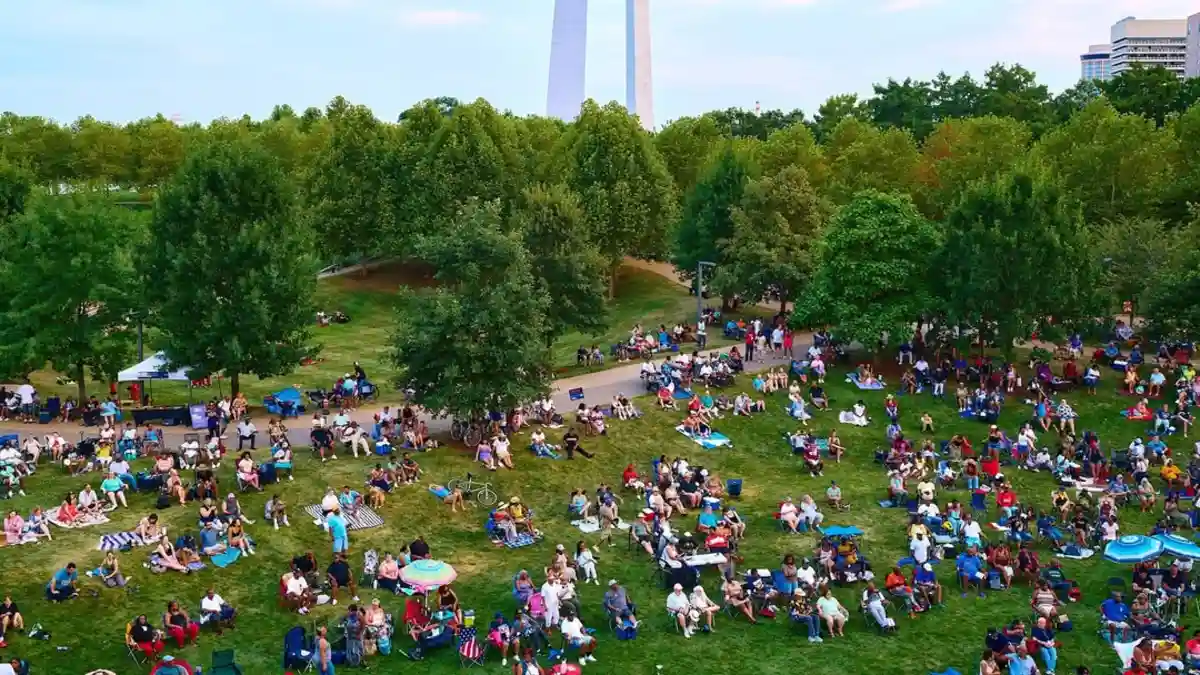
The Promise: As America’s smallest and newest National Park, Gateway Arch offers a visit to an iconic architectural marvel that symbolizes the nation’s westward expansion.
The park includes the soaring 630-foot arch, an underground museum, and manicured riverfront grounds in the heart of St. Louis.
The Reality: While the Arch itself is a spectacular feat of engineering, its designation as a National Park is widely viewed by park enthusiasts and purists as a political maneuver and a categorical error.
At just 91 acres, it is fundamentally a city park with a monument. The park’s “hiking” consists of short, paved city walks with negligible elevation gain, such as the 1.6-mile Gateway Arch Loop.
It lacks any of the natural, geological, or ecological criteria that are the hallmarks of every other major national park. As one well-traveled visitor bluntly put it, it ranks “number 45 on my list of 45 visited National Parks”.
The designation represents a dilution of the National Park brand. By applying the prestigious title to a man-made monument in an urban setting, it weakens the meaning and value of the designation for all parks.
The broader implication is that if anything can be a National Park, the title itself becomes a meaningless marketing tool, and travelers can no longer trust it as a reliable indicator of a world-class natural experience.
The Verdict: A vacation can be disrupted if a full “National Park day” is allocated to what is, in reality, a 2-3 hour city attraction. The misclassification creates false expectations and can throw off a tightly planned road trip itinerary.
The Upgrade: To explore Missouri’s rich history of westward expansion in a more authentic and immersive setting, visit the Jefferson Landing State Historic Site in Jefferson City.
For actual nature and hiking near St. Louis, travelers should head to Castlewood State Park or Hawn State Park, which offer beautiful trails along the Meramec River and through lush, protected forests, delivering the natural escape the Arch’s designation falsely implies.
8. Indiana Dunes National Park
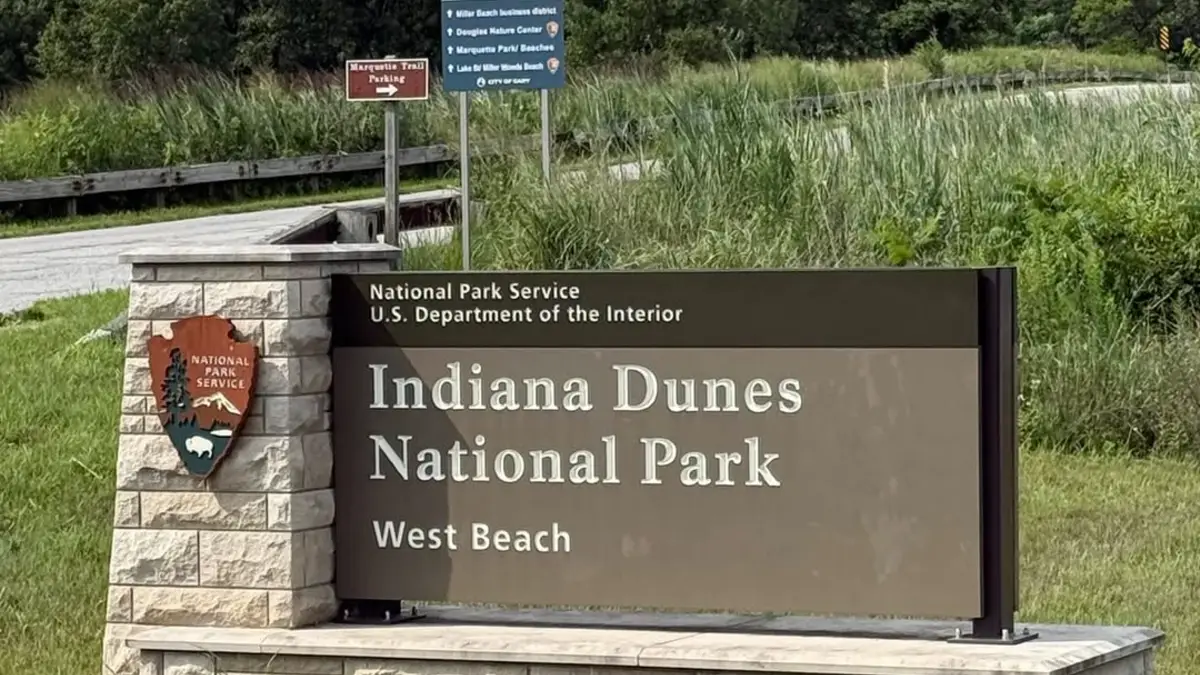
The Promise: Indiana Dunes National Park is presented as a unique and surprisingly biodiverse landscape where towering sand dunes meet the vast freshwater sea of Lake Michigan. It promises beautiful beaches and miles of hiking trails, all located just a short drive from the metropolis of Chicago.
The Reality: The promise of a pristine natural escape is shattered by the park’s immediate surroundings.
The visitor experience is inescapably framed by heavy industry. The park is described by visitors as “essentially a marginal beach on a lake with power plants and factories nearby”.
The views from the tops of the dunes are often of industrial smokestacks, and the air can carry the smells of nearby industry. The drive from Chicago, a key feeder market, often involves navigating heavy traffic and paying expensive tolls, adding to the frustration.
While the park’s biodiversity is technically ranked 4th in the entire NPS system, this is an academic point that is lost on the average visitor seeking scenic beauty and a respite from the modern world.
The park is a product of compromise, a fragmented preserve carved out of a heavily industrialized corridor.
The marketing materials, which show idyllic photos of sand and water, often omit the context of the surrounding factories, creating a jarring bait-and-switch for the unprepared tourist.
The Verdict: A vacation here will be ruined by the jarring and depressing contrast between the pockets of genuine natural beauty and the ever-present industrial landscape that surrounds and intrudes upon it. It is an escape that never quite manages to escape.
The Upgrade: For a truly world-class freshwater dune and beach experience without the industrial blight, travelers should make the drive to Sleeping Bear Dunes National Lakeshore in Michigan.
It offers a spectacular landscape of colossal dunes plunging 450 feet into the stunning turquoise waters of Lake Michigan, providing the breathtaking, pristine scenery that Indiana Dunes only hints at.
9. Shenandoah National Park
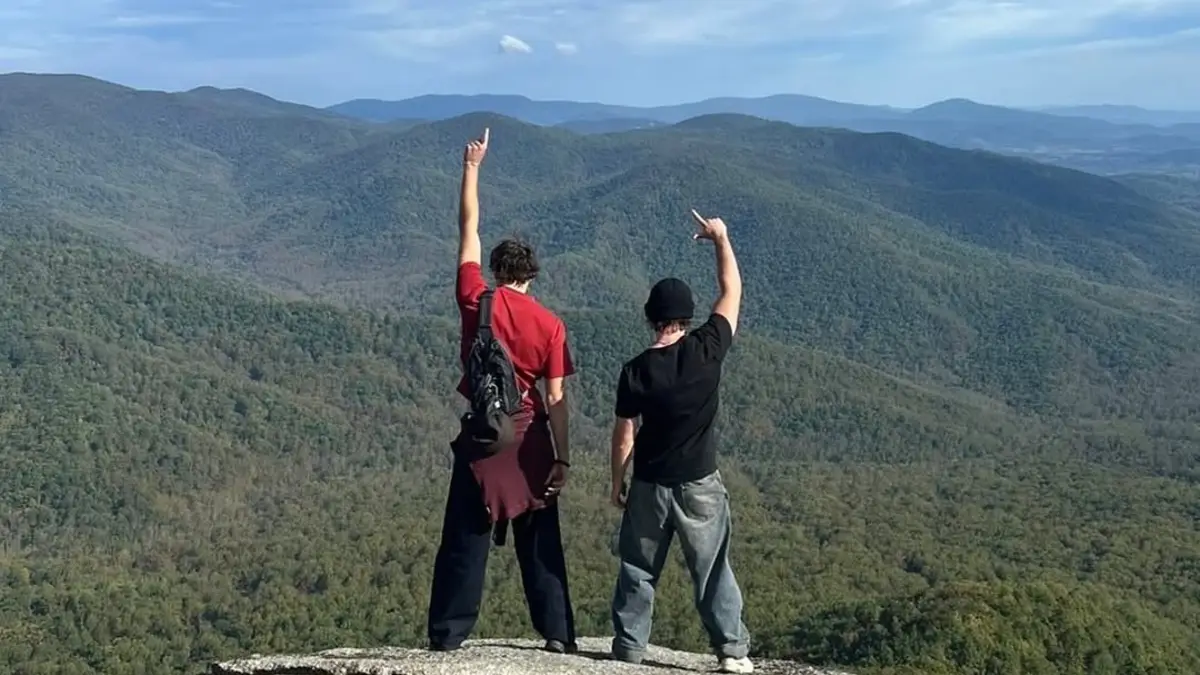
The Promise: Shenandoah National Park offers a quintessential Appalachian experience centered on the beautiful Skyline Drive, a 105-mile scenic byway that winds along the crest of the Blue Ridge Mountains.
The park promises lovely rolling vistas, accessible waterfalls, and frequent wildlife sightings, particularly of black bears.
The Reality: Shenandoah is the definition of a park that is “nice, but…” Its primary flaw is a matter of scale and expectation. For visitors from the East Coast who have not traveled extensively in the West, it can be a wonderful mountain escape.
However, for any traveler who has “been anywhere west of the Rockies,” the experience is likely to be underwhelming, leaving them “horribly disappointed”. The landscape is often described as “not much more than just rolling hills covered in forest”.
The park suffers from what can be called “regional inflation”: its quality is judged relative to its immediate surroundings rather than against the national standard set by the NPS brand.
For the local population of Washington D.C., it represents a premier natural getaway. But the “National Park” title places it in the same category as Yosemite and Glacier, creating a significant expectation gap.
Furthermore, its proximity to a major metropolitan area means it suffers from significant crowding, making it difficult to find parking at popular trailheads on weekends.
The Verdict: A vacation here can be ruined by a feeling of anticlimax. Visitors will pay a $30 entrance fee for views that are often comparable to what can be found for free on other roads in the same region, leaving them to wonder if this truly qualifies as one of America’s premier natural landscapes.
The Upgrade: For a longer, more diverse, and often less-crowded scenic drive with similar views, travelers can simply continue south from Shenandoah onto the Blue Ridge Parkway, which is part of the NPS but has no entrance fee.
For a more dramatic and unique Appalachian hiking experience, head to Grayson Highlands State Park in southern Virginia. This park is famous for its herds of wild ponies and its rocky, high-altitude balds that feel more like the Scottish Highlands than the gentle, forested hills of Shenandoah.

